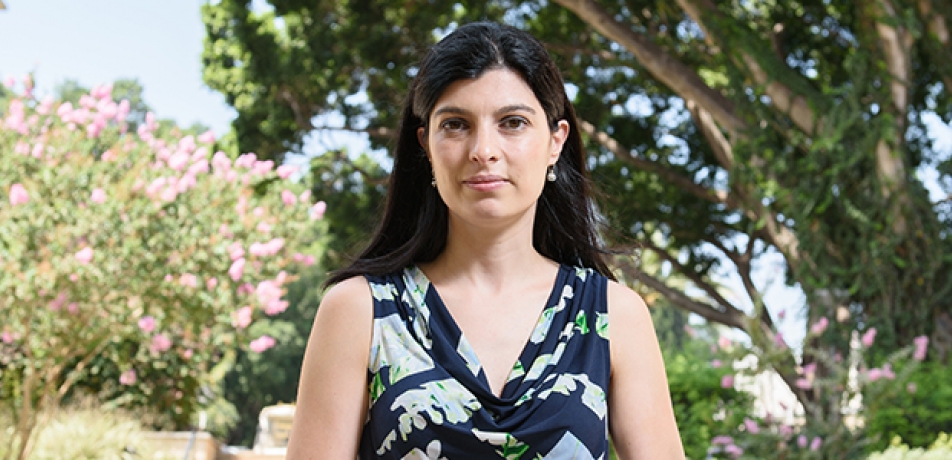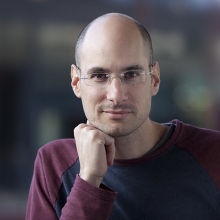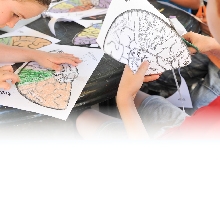Unraveling the dynamics of proteins
Dr. Rina Rosenzweig examines the biological phenomenon in which misfolded proteins accumulate and clump together
New scientists

When Dr. Rina Rosenzweig joined the Weizmann Institute in the height of summer, it was a form of poetic justice, because her research focuses on “heat shock” chaperones—a category of molecules that helps cells recover from the adverse effects of stressful conditions.
She had come from the blissful summer of Canada, where she had just completed her six-year postdoctoral fellowship at the University of Toronto.
Dr. Rosenzweig’s research involves looking at chaperones involved in combatting protein aggregation—the biological phenomenon in which misfolded proteins accumulate and clump together. In humans, protein aggregation is associated with many neurodegenerative conditions such as Parkinson’s, Alzheimer’s disease, and ALS.
“In yeast, bacteria, and plants, one such class of chaperone proteins can reverse aggregation by unraveling protein clumps to release fully functional individual proteins,” she says. “In mammalian cells, however, this machinery has been replaced by a different set of molecular chaperones. In my research, I ask: What can we learn from the differences and the similarities between the human and the bacterial disaggregation systems?”
Dr. Rosenzweig, a member of the Department of Structural Biology, uses nuclear magnetic resonance (NMR) spectroscopy—a powerful tool that uses the magnetic “spin” of certain atomic nuclei to reveal a protein’s chemical and dynamic properties. By combining the ultra-high field NMR observations with biophysical and biochemical analytic techniques, she hopes to clarify the structure and motion of disaggregation on the mechanistic level, while also characterizing the interaction of this system with regulatory factors, binding partners, and substrates. Data emerging from these basic studies may eventually lead to novel clinical treatments for neurodegenerative disease, which would take advantage of heat shock proteins’ natural “talent” for unraveling harmful protein aggregates.
She says she’s excited to have access to the Weizmann Institute’s instrumentation facilities—including a recently-purchased 1000 MHz NMR spectrometer of a type found in only two other research institutions worldwide.
“Our cells contain proteins that can potentially combat the devastating health consequences of protein aggregation, but their mechanism is not well understood” she says. “With advanced NMR, we can gather structural information on these chaperones, monitor how their structures change in real time during the disaggregation process, and then compare their mechanism with better understood non-mammalian systems. In this way we aim to significantly improve our understanding of human protein disaggregation and hopefully enable research that may identify novel and improved approaches toward clinical prevention and treatment.”
Dr. Rosenzweig is supported by the Benoziyo Fund for the Advancement of Science, the Blythe Brenden-Mann New Scientist Fund, the Azrieli Foundation, and the Estate of David Turner.








